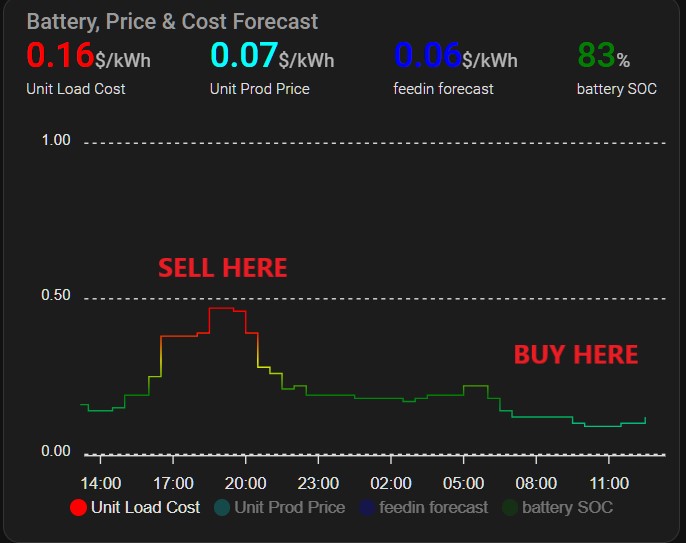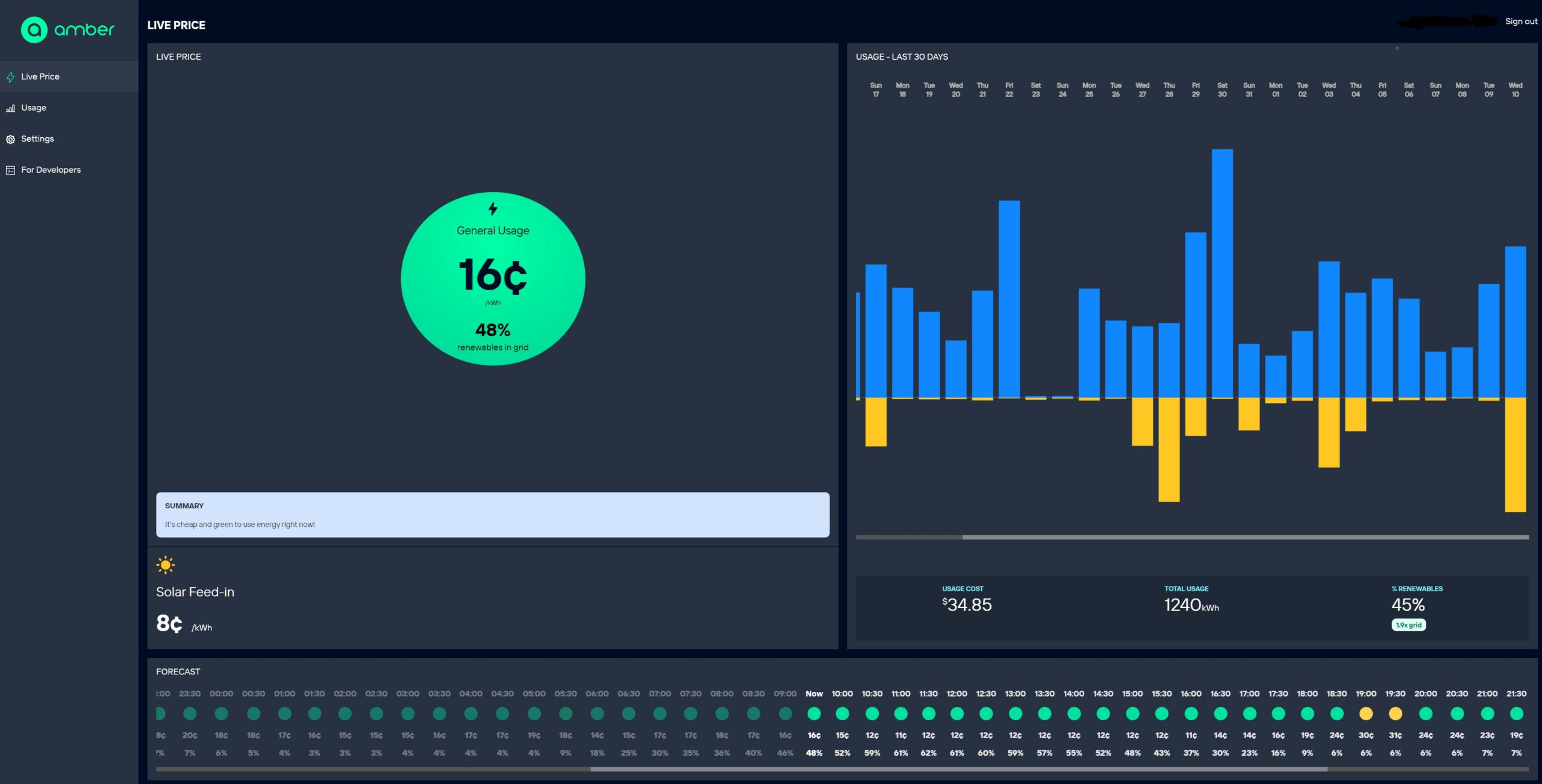What is Energy arbitrage and how does it work?
Energy arbitrage is the practice of purchasing electricity from the electricity grid when it is cheap and storing it to use later when grid electricity is expensive. It is basically the same idea as storing solar energy for later use but charging with energy from the grid rather than from your solar panels. To be able to take advantage of energy arbitrage to save on your electricity costs, you need to be on a time-of-use (TOU) billing arrangement with your electricity retailer.

How Time of Use (TOU) billing arrangements work
TOU billing arrangements charge households different rates depending on the time of day that they use their electricity. ‘Peak’ rates are the most expensive and ‘off-peak’ rates are the cheapest and are generally much lower than flat-rate tariffs from the same retailer. So, if you were practising energy arbitrage, you would purchase your power from the grid during off-peak times (normally during the day or the middle of the night) to use during peak times (normally in the afternoon and evening).
Battery and Energy Arbitrage, good idea?
For most homes with a standard solar PV system, a flat-rate tariff is usually more economical than a TOU tariff; but once you add a battery into the mix, switching to TOU begins to make a lot more sense. TOU billing arrangements are available in all states across Australia, but the rates and peak time periods vary by state and retailer. Not all electricity retailers offer TOU billing, so make sure you get in touch with your provider to find out if they offer this billing arrangement.
How to use energy arbitrage and TOU arrangements with your battery
Batteries are already a great idea to help you make the most of the energy your solar panels generate, by storing the excess power you generate during the day to use at night, which can save you money versus feeding the excess back into the power grid. But they can save you even more through energy arbitrage by storing the off-peak energy you purchase from the grid when it’s cheap and storing it in batteries for later use, to supplement the power you generate yourself. Energy arbitrage with grid charging should really only be used in situations when you have a partially or completely empty battery and no solar energy available to fill it up; for example during winter, or on very overcast days when there isn’t a lot of sunlight to charge up your battery through your solar panels.
Is the tariff arbitrage method right for me and my home?
More than two million, or 21%, of Australian households have invested in a rooftop solar PV system according to ARENA and Australia’s residential solar PV system prices are some of the lowest in the world, making going solar a great investment for most homes. Unfortunately, as they are a relatively new technology, battery prices remain high, and with only a few states offering rebates or financial assistance for batteries, it means that solar and battery systems have longer payback periods than standard solar-only systems. Even though the annual power bill savings may be higher, the initial financial outlay can make it hard for people to justify the cost. But the opportunity to use your batteries storage from China for grid-charging and tariff arbitrage, in addition to regular solar charging is a great way to get the most bang for your buck, and potentially reduce your payback time significantly.
At the time of this article, the dominant provider of Grid Direct prices to retail clients is www.amber.com.au
The cost effective battery system can be found here https://www.patransformers.com/china_manufacturer/solar-battery-storage/
Amber Electric allow direct connection to the grid and it’s optional battery control module is now available. Here is snippet how price of electricity actually looks like on wholesale market:

| Pros | Cons |
| – Can save money on power bill and generate profit | – Can be involved to setup |
| – Greatly improves ROI on battery | – Needs to be monitored |
| – Battery offers power back-up for home | – Cost of battery purchase |
| – Scalable and customisable | – Requires compatible inverter |
Read more about now Solar Battery was set up and tested.
We have build and operated the system for some time now, focusing on Tariff Arbitrage in Australian grid. There are some very interesting findings, click the link to the next article: Tariff Arbitrage in Australian grid